T4K3.news
New insights into sea star die-off reveal bacterial culprit
Scientists have identified Vibrio pectenicida as the bacteria killing billions of sea stars along the Pacific coast.
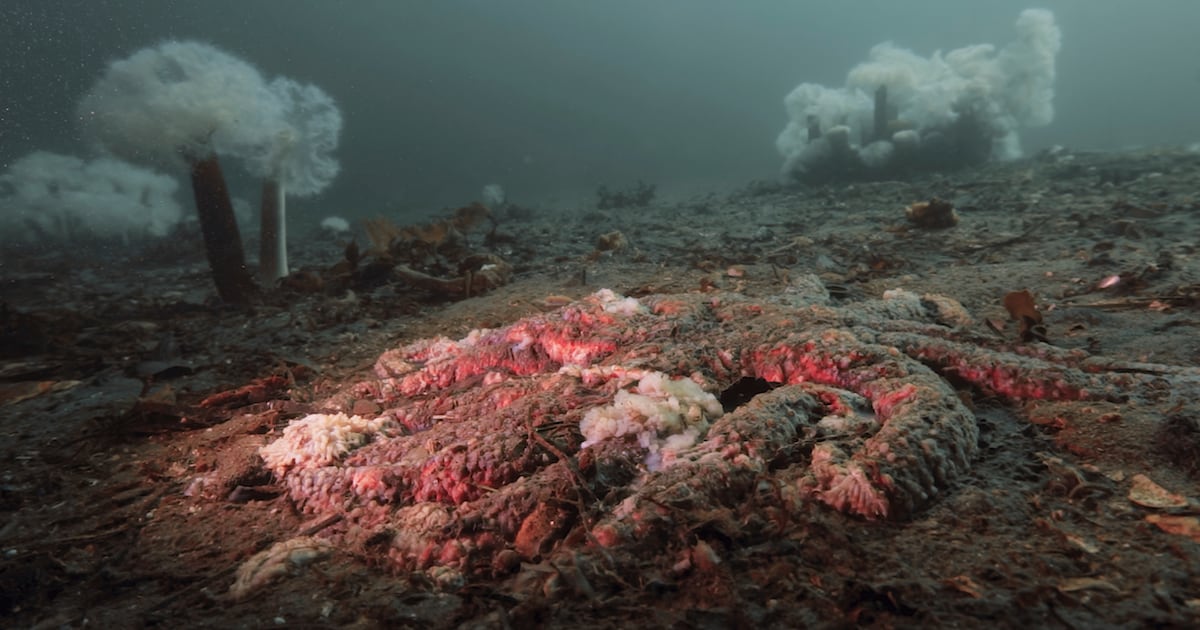
A breakthrough study reveals the cause of a devastating die-off among Pacific sea stars.
Scientists identify bacteria behind Pacific sea stars devastation
Researchers have finally identified the bacteria responsible for a severe epidemic that led to the death of over 5 billion sea stars on the Pacific coast. This die-off, which began in 2013, affected more than 20 species, with the sunflower sea star being the most impacted, losing around 90% of its population. The bacteria, Vibrio pectenicida, was discovered in coelomic fluid after extensive research that initially pursued false leads like viruses. Understanding the cause opens up possibilities for recovery efforts, potentially allowing scientists to breed resistant sea stars and restore vital ecosystems affected by their decline.
Key Takeaways
"It’s really quite gruesome."
Alyssa Gehman describes the effects of the sea star wasting disease.
"It’s incredibly difficult to trace the source of so many environmental diseases, especially underwater."
Blake Ushijima highlights the challenges faced in marine disease research.
"The bacteria Vibrio pectenicida were found in the coelomic fluid."
Melanie Prentice explains the findings and the research breakthroughs.
"Sunflower sea stars look sort of innocent, but they eat almost everything that lives on the bottom of the ocean."
Alyssa Gehman emphasizes the ecological importance of sea stars.
The discovery of Vibrio pectenicida marks a significant milestone in marine research and reflects the complexities of diagnosing underwater diseases. While the severe impact on sea star populations is alarming, it also highlights the interconnectedness of marine ecosystems. The unchecked growth of sea urchins due to the decline of sea stars has led to the destruction of kelp forests, vital habitats for many marine species. Thus, effective recovery efforts are critical not just for sea stars but for the overall health of Pacific marine environments.
Highlights
- The sea stars control sea urchin populations, keeping ecosystems balanced.
- Understanding the source opens the door for vital recovery efforts.
- Healthy ecosystems depend on the return of sea stars to their rightful place.
- This is a critical step toward restoring our oceans' health.
Potential ecological crisis due to species loss
The decline in sea star populations threatens ecosystems and marine biodiversity, which could lead to further ecological imbalance. Recovery efforts are crucial.
The findings offer hope for restoration efforts in crucial marine ecosystems.
Enjoyed this? Let your friends know!
Related News
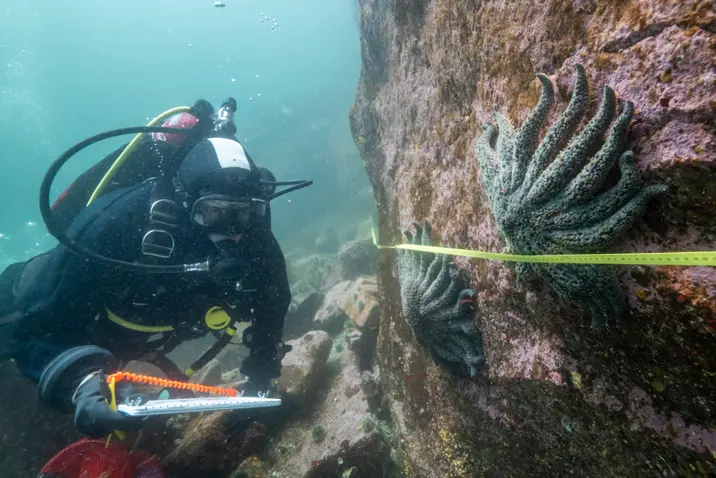
Scientists identify cause of starfish mass die-off

Breakthrough research identifies cause of sea star wasting disease
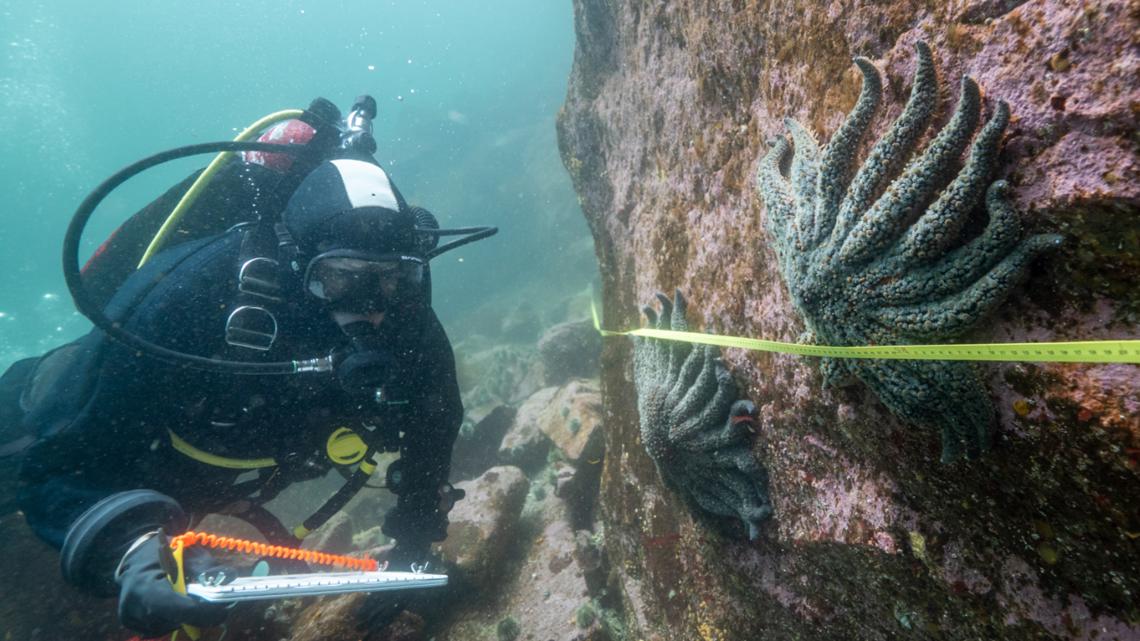
Scientists reveal cause of sea star die-off
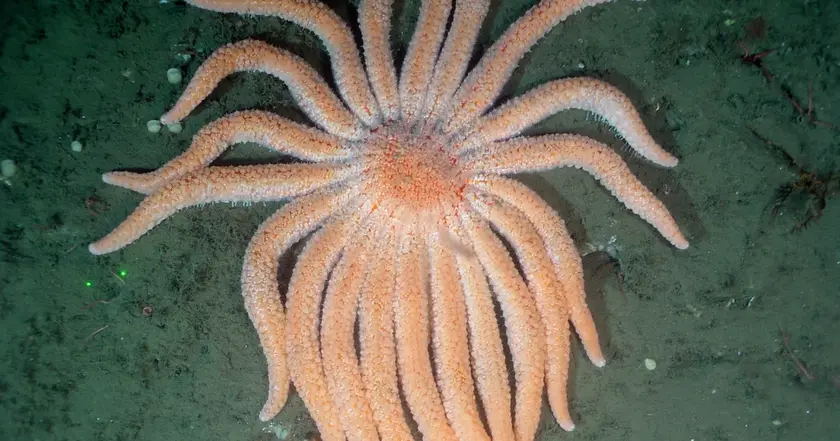
Researchers find bacteria behind sea star die-off
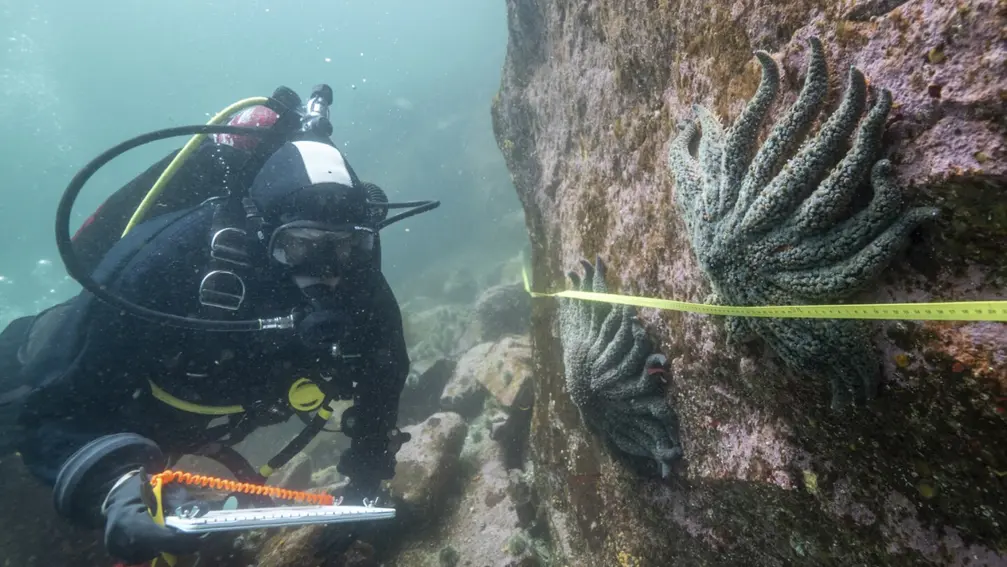
Scientists find cause of sea star epidemic
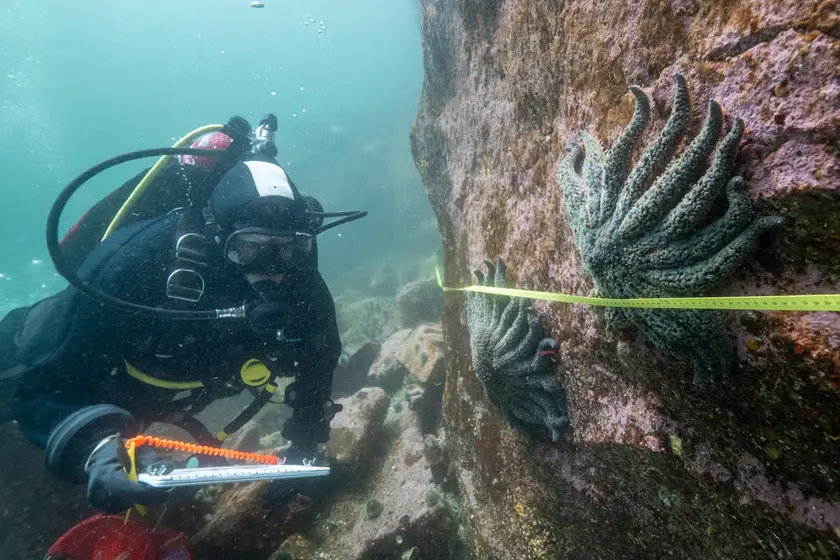
Breakthrough in sea star mortality mystery

Malcolm-Jamal Warner dies at 54

Oscar-winning director Robert Benton dies at 92
